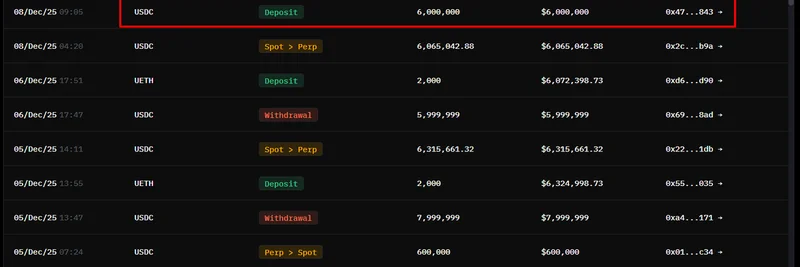In the fast-paced world of cryptocurrency, especially within the meme token space, revenue management often takes a wildly different path compared to traditional finance. A recent tweet from Solana Legend, a prominent figure in the Solana ecosystem as Co-Founder and Managing Partner at Frictionless Capital and MonkeDAO, highlights this stark contrast in a humorous yet insightful way.
He points out: "In traditional finance, you only do dividends if you believe you cannot reinvest the money to achieve a return greater than your investors, or buybacks if you believe the stock is very undervalued. In crypto people just do buybacks or burn as soon as they make any revenue lol."
This observation resonates deeply with anyone following meme tokens on blockchains like Solana, where projects frequently announce buybacks or token burns almost immediately after earning revenue. But why the rush? And what can meme token enthusiasts learn from traditional finance principles to make smarter investment decisions?
Understanding Buybacks and Burns in Crypto
First, let's break down the terms for those new to the scene. In crypto, a buyback involves a project using its revenue to purchase its own tokens from the open market, often to reduce supply and potentially drive up the price. A burn, on the other hand, means permanently removing tokens from circulation by sending them to a dead wallet address. Both mechanisms are popular in meme coins because they create deflationary pressure, which can hype up the community and boost short-term value.
Take popular Solana-based meme tokens like those in the MonkeDAO ecosystem or others such as BONK or WIF. These projects often generate revenue through transaction fees, NFT sales, or partnerships. Instead of reinvesting in development or expansion, they frequently opt for burns to reward holders instantly. It's like giving everyone a slice of the pie right away, keeping the vibe exciting and FOMO (fear of missing out) high.
The Traditional Finance Perspective
In contrast, traditional finance treats dividends and stock buybacks with more caution. Dividends are payouts to shareholders from profits, but companies like Apple or Amazon rarely issue them unless they're confident they can't find better internal uses for the cash—think R&D, acquisitions, or scaling operations. Buybacks happen when executives believe the stock is undervalued, essentially betting on future growth.
This disciplined approach stems from fiduciary responsibilities to maximize long-term shareholder value. Reinvesting profits can compound returns over time, turning a good company into a great one. Warren Buffett's Berkshire Hathaway is a classic example; it avoids dividends, preferring to allocate capital where it can generate the highest returns.
Why Crypto Projects Jump to Buybacks and Burns
So, why does crypto, particularly the meme token world, flip the script? A few reasons stand out:
Community-Driven Hype: Meme tokens thrive on social momentum. Announcing a burn or buyback generates buzz on platforms like X (formerly Twitter), attracting new buyers and pumping the price. It's a quick win in a market where attention spans are short.
Lack of Regulation: Without the same oversight as public companies, crypto projects have more freedom. This can lead to impulsive decisions, but it also allows for innovative tokenomics that reward early adopters.
Tokenomics Design: Many meme coins are built with deflationary mechanics from the start. Projects like Shiba Inu have popularized burns, where a portion of fees automatically reduces supply, creating a self-sustaining hype machine.
Short-Term Focus: In volatile markets, founders might prioritize immediate value accrual to maintain liquidity and community loyalty over long-term sustainability.
However, this approach isn't without risks. Over-relying on burns can signal a lack of innovative growth strategies, potentially leading to stagnation once the initial excitement fades.
Implications for Meme Token Investors
For blockchain

